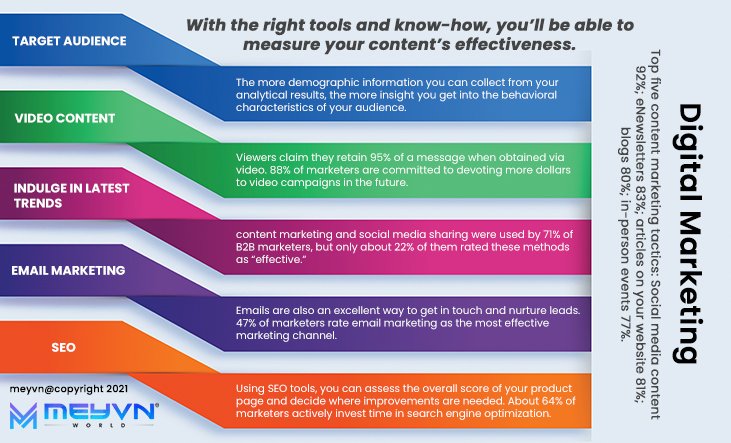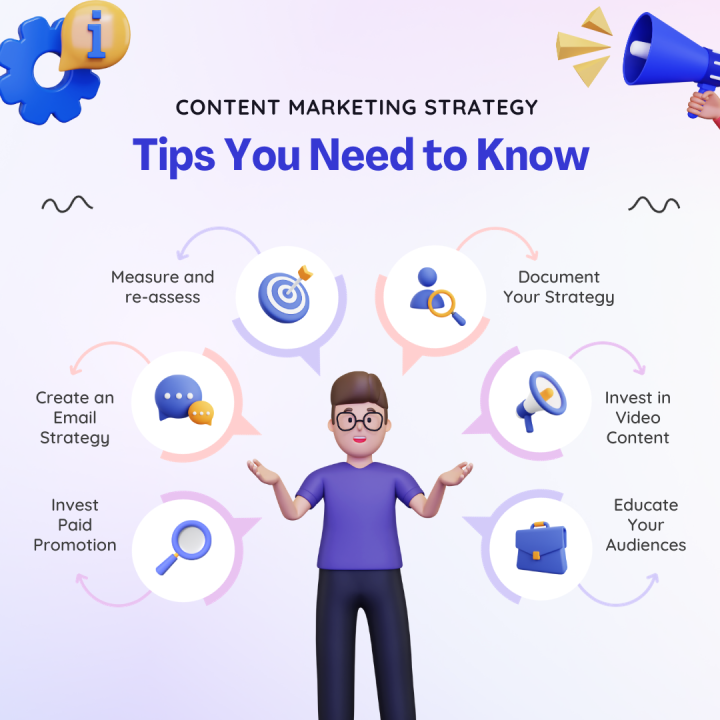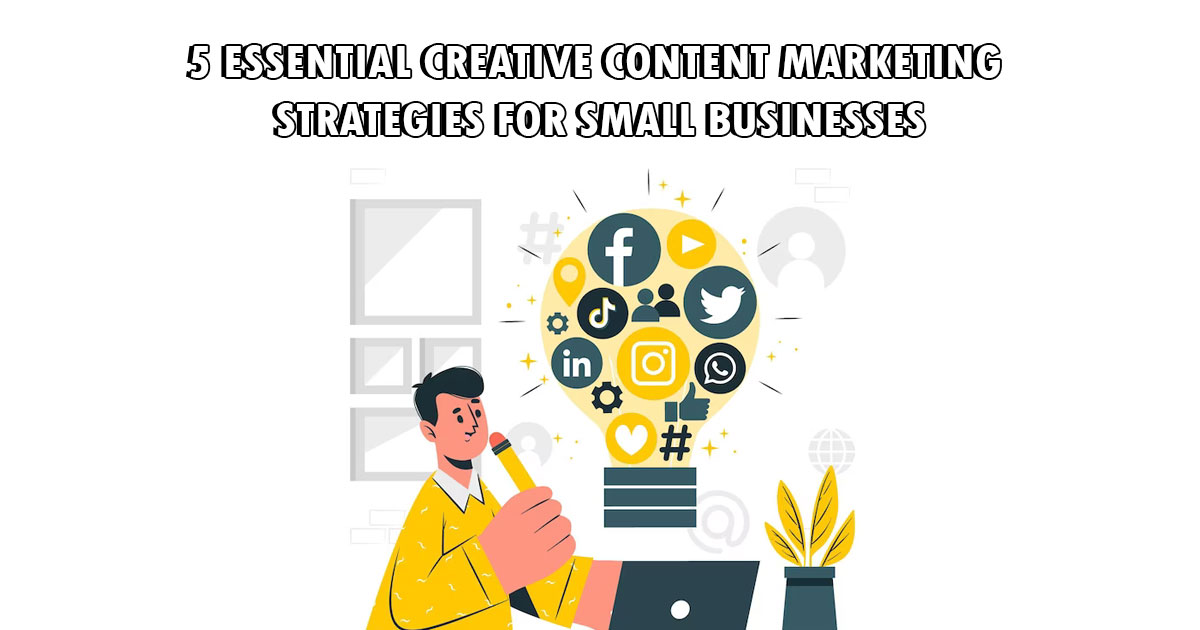Discover the secrets behind unleashing creativity in marketing with 5 expert tips and tricks to supercharge your strategy!

Image courtesy of Daian Gan via Pexels
Table of Contents
Marketing strategy is a key component of any successful business. With the rapidly evolving digital landscape and increased competition, it’s more important than ever to have a solid plan in place to attract and engage customers. In this blog post, we will explore some valuable tips and tricks that can help you master marketing strategy and achieve your business goals.
Defining Marketing Strategy
Before diving into the tips and tricks, let’s first clarify what marketing strategy is. Marketing strategy is a long-term plan designed to achieve specific business objectives. It involves identifying target markets, understanding customer needs, and positioning your products or services effectively. It is important to note that marketing tactics are the specific actions taken to execute the strategy.
Understanding Your Target Audience
To develop an effective marketing strategy, it is crucial to have a deep understanding of your target audience. Conducting comprehensive market research is essential in identifying their preferences, behaviors, and needs. Start by analyzing demographics, psychographics, and purchasing patterns to create accurate buyer personas. Once you have a clear understanding of your audience, you can tailor your marketing strategy to effectively reach and engage them.
Setting Clear and Measurable Goals
Having clear and measurable goals is vital for tracking progress and evaluating the success of your marketing strategy. Without specific objectives, it becomes challenging to determine whether your efforts are paying off. Make sure each goal is aligned with your overall business objectives and use key performance indicators (KPIs) to track progress. For instance, a goal could be to increase website traffic by 20% within the next quarter or to generate 50% more leads from social media campaigns.

Image courtesy of meyvnworld.com via Google Images
Knowing Your Competition
Understanding and analyzing your competition’s strategies is essential to gain a competitive edge in the market. Research your competitors’ marketing tactics, branding, and messaging to identify their strengths and weaknesses. Look for innovative ideas that you can implement in your own strategy but also identify gaps that you can exploit. By keeping a close eye on your competitors, you can stay ahead of industry trends and adapt your marketing strategy accordingly.
Creating a Unique Value Proposition
In a saturated market, it’s crucial to have a unique selling proposition (USP) that differentiates your business from competitors. Your USP should clearly communicate the benefits and value your product or service offers to customers. To create a compelling value proposition, identify the unique features or benefits that set you apart. Consider your target audience’s pain points and how your offering solves them. Your USP should resonate with your audience and create a strong emotional connection that sets you apart from the competition.

Image courtesy of www.linkedin.com via Google Images
Choosing the Right Marketing Channels
With a plethora of marketing channels available, it’s important to choose the ones that align with your target audience and deliver the best results. Consider factors such as demographics, interests, and media consumption habits when selecting the channels for your marketing strategy. Online options include search engine optimization (SEO), pay-per-click (PPC) advertising, social media, content marketing, and email marketing. Offline channels might include events, print media, radio, and television. It’s crucial to allocate your marketing budget wisely and evaluate the return on investment (ROI) of each channel to maximize your strategy’s effectiveness.
Crafting Compelling Content
Content is king in today’s digital age. Creating high-quality and engaging content helps attract and retain your target audience. Develop a well-defined content strategy that aligns with your marketing goals. This could include blog posts, social media content, videos, infographics, and more. Make sure your content is tailored to your target audience’s needs, challenges, and interests. Incorporate storytelling techniques and use engaging visuals to capture attention. Consistency and regularity are key, so create a content calendar to ensure a steady stream of valuable content that keeps your audience coming back for more.

Image courtesy of www.velocityconsultancy.com via Google Images
Utilizing Data and Analytics
Data and analytics play a crucial role in measuring the success of your marketing strategy. Use tools such as Google Analytics, social media analytics, and customer relationship management (CRM) systems to collect and analyze data. This data will provide insights into your audience’s behavior, preferences, and engagement levels. Monitor key metrics and KPIs to understand what’s working and what needs improvement. By leveraging data, you can optimize your marketing strategy, allocate resources more effectively, and make informed decisions to drive better results.
Adapting and Innovating
Marketing strategies need to evolve with changing market trends and consumer preferences. Keep yourself updated with industry news, emerging technologies, and new marketing tactics. Continuously adapt your strategies to leverage the latest trends and stay ahead of the competition. Encourage creativity within your team and foster a culture of innovation. Experiment with new ideas, test different approaches, and learn from both successes and failures. Constantly evaluate and refine your marketing strategy to ensure it remains relevant and effective in reaching your target audience.

Image courtesy of www.linkedin.com via Google Images
Book Now For a Free Consultation
Conclusion
Mastering marketing strategy requires constant learning, adaptability, and a deep understanding of your target audience. By defining clear goals, understanding your competition, crafting a unique value proposition, choosing the right marketing channels, and leveraging data and analytics, you can boost the effectiveness of your marketing strategy. Keep the tips and tricks discussed in this blog post in mind and continuously refine your strategy to achieve marketing success.